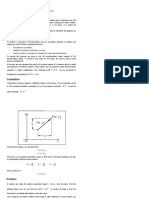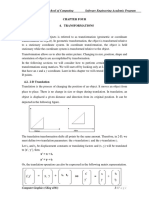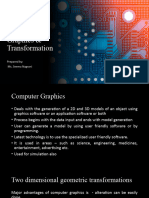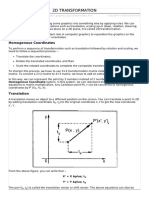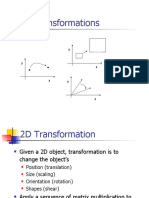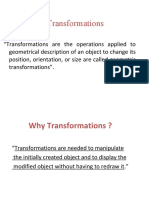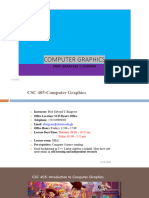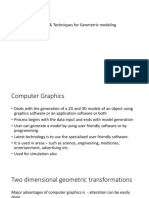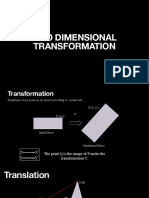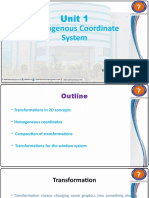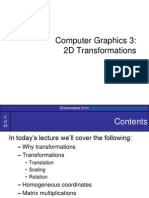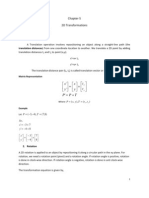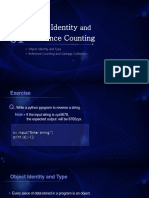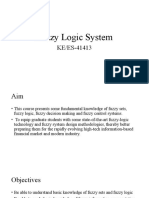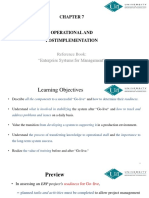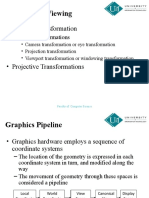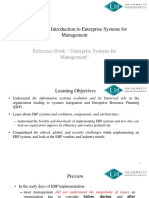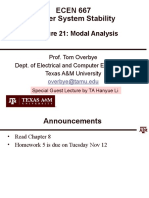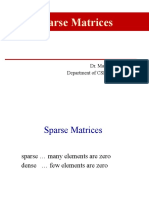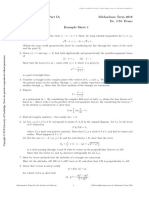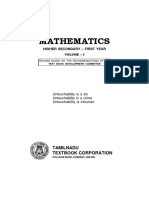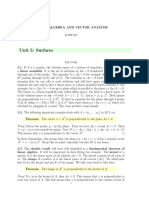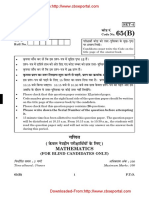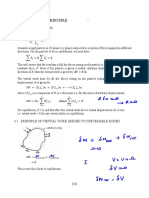0% found this document useful (0 votes)
97 views43 pagesMatrix Transformations Guide
The document discusses various geometric transformations on matrices including translation, scaling, rotation, reflection, shear, composition, decomposition, and inverse transformations. Translation can be done by matrix addition or multiplication in 2D and 3D. Scaling uniformly enlarges or shrinks objects and can be uniform or differential. Rotation rotates objects around a point or the origin. Reflection produces a mirror image across an axis. Composition combines multiple transformations into one matrix. Decomposition undoes the steps of a composite transformation. Shear slants objects by shifting their coordinate values.
Uploaded by
Kay KhineCopyright
© © All Rights Reserved
We take content rights seriously. If you suspect this is your content, claim it here.
Available Formats
Download as PPTX, PDF, TXT or read online on Scribd
0% found this document useful (0 votes)
97 views43 pagesMatrix Transformations Guide
The document discusses various geometric transformations on matrices including translation, scaling, rotation, reflection, shear, composition, decomposition, and inverse transformations. Translation can be done by matrix addition or multiplication in 2D and 3D. Scaling uniformly enlarges or shrinks objects and can be uniform or differential. Rotation rotates objects around a point or the origin. Reflection produces a mirror image across an axis. Composition combines multiple transformations into one matrix. Decomposition undoes the steps of a composite transformation. Shear slants objects by shifting their coordinate values.
Uploaded by
Kay KhineCopyright
© © All Rights Reserved
We take content rights seriously. If you suspect this is your content, claim it here.
Available Formats
Download as PPTX, PDF, TXT or read online on Scribd
/ 43

